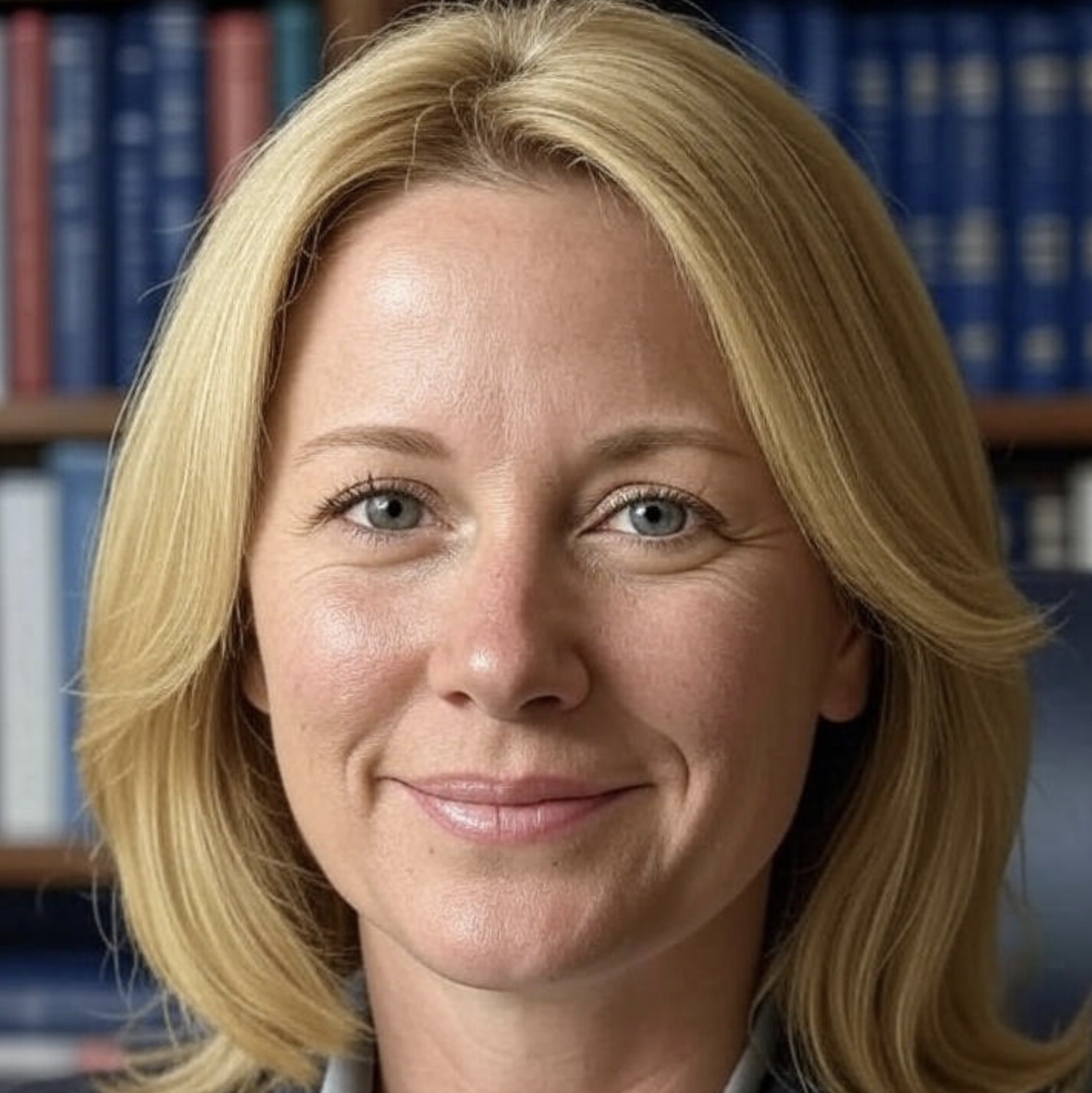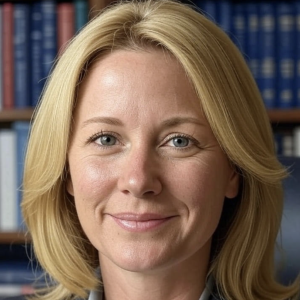Master’s in Clinical Psychology Salary Guide 2025
Table of Contents
Psychology continues to be one of the most popular graduate degree fields, with over 33,000 students earning master’s degrees in psychology during the 2022 academic year, according to federal education data. For many prospective students, understanding the salary outlook for a master’s in clinical psychology is crucial when planning their educational and career path.
While a master’s degree in clinical psychology opens doors to numerous career opportunities, it’s important to understand that this field offers diverse pathways with varying educational requirements and earning potential. Whether you’re considering this degree as your final educational step or as preparation for doctoral study, this comprehensive guide provides the latest salary data and career insights to help inform your decision.
Career Paths with a Master’s Degree
A master’s in clinical psychology offers flexibility in career direction, though the level of direct patient interaction often determines additional educational requirements. Understanding these pathways is essential for setting realistic salary expectations and career goals.
Direct Clinical Practice Careers
For professionals seeking to provide direct mental health services, additional education is typically required. Most states require a doctoral degree (Ph.D. or PsyD) for licensure as a clinical psychologist. However, master’s-level professionals can work in clinical settings under supervision or in roles that don’t require full psychologist licensure.
Common master’s-level clinical roles include:
- Clinical case manager
- Mental health counselor (with additional licensure)
- Behavioral health specialist
- Program coordinator in mental health facilities
- Research assistant in clinical settings
Alternative Career Applications
Many psychology professionals apply their understanding of human behavior in non-clinical settings, where a master’s degree often provides sufficient preparation for career advancement.
| Career Path | Typical Education Sequence | Average Salary Range |
|---|---|---|
| Clinical Psychologist | Bachelor’s → Master’s → Doctoral Degree | $96,100 – $141,910+ |
| Market Research Analyst | Bachelor’s → Master’s in Clinical Psychology | $65,810 – $127,820 |
| Human Resources Specialist | Bachelor’s → Master’s in Clinical Psychology | $62,290 – $104,170 |
| Mental Health Counselor | Bachelor’s → Master’s + Licensure | $48,520 – $89,290 |
For students planning to continue to doctoral study, a master’s in clinical psychology provides valuable research experience and clinical exposure. Many APA-accredited PsyD programs prefer applicants with master’s-level training, and some offer combined master’s and doctoral programs that can streamline the educational timeline.
Salary Overview and Statistics
Master’s degree holders across all fields earn significantly more than those with only a bachelor’s degree. According to the U.S. Bureau of Labor Statistics, professionals with master’s degrees earn a median salary that’s 16% higher than bachelor’s degree holders and nearly double that of high school diploma holders.
Key Insight: While the BLS doesn’t track specific data for master’s-level clinical psychologists, we can examine related occupational categories to understand earning potential in this field.
The closest comparable occupation tracked by the BLS is child, family, and school social workers, which requires similar educational preparation and provides comparable services at the master’s level. Additionally, we can compare these figures to doctoral-level clinical psychologists to understand the earning progression potential.
Master’s vs. Doctoral Level Earnings Comparison
| Percentile | Master’s Level (Comparable Roles) | Doctoral Level Clinical Psychologists | Earning Difference |
|---|---|---|---|
| 25th Percentile | $45,120 | $66,050 | +$20,930 |
| Median (50th) | $53,940 | $96,100 | +$42,160 |
| 75th Percentile | $68,450 | $129,020 | +$60,570 |
| 90th Percentile | $85,590 | $168,870 | +$83,280 |
This comparison illustrates the significant earning potential that comes with doctoral-level training, which may influence your decision about whether to pursue additional education beyond the master’s level.
Master’s Level Psychology Salaries by State
Geographic location significantly impacts salary potential for psychology professionals. The following data reflects average annual salaries for master’s-level clinical psychology positions across all 50 states and the District of Columbia.
| State | Average Annual Salary | Cost of Living Rank |
|---|---|---|
| District of Columbia | $76,330 | High |
| New York | $74,080 | Very High |
| New Jersey | $73,680 | High |
| Maryland | $71,870 | High |
| Connecticut | $70,200 | High |
| California | $69,340 | Very High |
| Minnesota | $68,510 | Moderate |
| Rhode Island | $67,540 | High |
| Hawaii | $67,300 | Very High |
| Alaska | $65,840 | High |
States with the best salary-to-cost-of-living ratio for psychology professionals include Minnesota, Colorado, and several Midwest states where salaries remain competitive while living costs are more manageable.
For students considering doctoral programs, states like California, New York, and Texas offer numerous APA-accredited doctoral programs alongside strong job markets for psychology professionals.
Job Growth Projections 2024-2034
Employment outlook for psychology-related careers remains positive, with projected growth rates exceeding many other professional fields. The following data shows projected job growth for master’s-level clinical psychology positions by state over the next decade.
| State | Projected Job Growth | Growth Category |
|---|---|---|
| Utah | 23.9% | Exceptional |
| New York | 21.9% | Exceptional |
| Tennessee | 17.0% | Very High |
| Florida | 15.5% | Very High |
| Colorado | 14.7% | Very High |
| North Carolina | 14.2% | Very High |
| Arizona | 13.9% | High |
| Texas | 13.4% | High |
| Oregon | 12.7% | High |
| Washington | 11.3% | High |
The national average job growth rate for psychology-related positions is projected at 5.3% through 2034, with 37 states showing growth rates above this national average. This positive outlook reflects increasing awareness of mental health needs and growing acceptance of psychological services across various sectors.
Highest Paying Employment Sectors
Employment sector choice can significantly impact earning potential for master’s-level psychology professionals. Here are the industries offering the highest average salaries:
| Employment Sector | Average Annual Salary | Growth Outlook |
|---|---|---|
| Scientific Research and Development Services | $90,180 | High |
| Home Health Care Services | $75,440 | Very High |
| Business Schools and Management Training | $72,840 | Moderate |
| Religious Organizations | $71,440 | Stable |
| Technical and Trade Schools | $71,130 | Moderate |
Career Strategy Tip: Research and development positions often offer the highest salaries but may require additional research experience or specialized skills beyond the standard master’s curriculum.
Next Steps for Your Psychology Career
Understanding salary potential is just one factor in planning your psychology career. Consider these important next steps:
Educational Pathway Planning
If you’re interested in maximizing earning potential and clinical practice opportunities, research fully funded PsyD programs or explore accelerated 3-year PsyD programs that can reduce time to degree completion.
Many students find value in hybrid PsyD programs that combine online coursework with in-person clinical training, offering flexibility while maintaining rigorous professional preparation.
Specialization Considerations
Consider specialization areas that align with high-growth job markets and your interests. Popular specializations include:
- Health Psychology: Growing field with applications in medical settings
- Organizational Psychology: High-paying opportunities in business consulting
- Forensic Psychology: Specialized niche with unique career opportunities
- Child and Family Psychology: Consistent demand across all geographic areas
Frequently Asked Questions
Is a master’s in clinical psychology worth the investment?
A master’s in clinical psychology can provide a strong return on investment, particularly when viewed as preparation for doctoral study. The degree opens doors to various career paths and provides a solid foundation for advanced training. However, direct clinical practice as a licensed psychologist typically requires doctoral-level education.
Can I practice as a psychologist with just a master’s degree?
In most states, the title “psychologist” is protected and requires doctoral-level training and licensure. However, master’s-level professionals can work in clinical settings as counselors, case managers, or other mental health professionals with appropriate state licensure for those specific roles.
How long does it take to complete a master’s in clinical psychology?
Most master’s programs in clinical psychology require 2-3 years of full-time study, including coursework, practicum experiences, and often a thesis or comprehensive examination. Part-time programs may extend the timeline to 3-4 years.
What’s the difference between a master’s in clinical psychology and counseling psychology?
Clinical psychology programs typically focus more on assessment, diagnosis, and treatment of mental health disorders, while counseling psychology emphasizes normal developmental issues and adjustment challenges. Both prepare graduates for similar career paths at the master’s level.
Which states offer the best job opportunities for psychology graduates?
Based on projected growth rates and salary data, Utah, New York, Tennessee, Florida, and Colorado offer excellent opportunities for psychology professionals. However, consider cost of living and personal preferences when evaluating opportunities.
Should I pursue a master’s degree before applying to doctoral programs?
While not always required, a master’s degree can strengthen doctoral applications, provide research experience, and help clarify career goals. Many competitive PsyD and Ph.D. programs value the additional training and maturity that master’s-level study provides.
Conclusion
A master’s in clinical psychology offers solid earning potential and diverse career opportunities, with national median salaries ranging from $53,940 to $85,590 depending on specialization and location. While doctoral-level training significantly increases earning potential, the master’s degree provides valuable preparation and opens doors to meaningful careers in mental health, research, business, and education.
As the field continues to grow and society increasingly recognizes the importance of mental health services, professionals with psychology training will find expanding opportunities across various sectors. Whether you view the master’s degree as your final educational goal or as preparation for doctoral study, understanding the salary landscape helps you make informed decisions about your educational investment and career direction.
For students considering doctoral training, explore our comprehensive guides to APA-accredited programs and online PsyD options to find the program that best fits your career goals and lifestyle needs.
May 2024 U.S. Bureau of Labor Statistics salary for Psychologists and Child, Family, and School Social Workers. National labor market information and state labor market information also sourced from the U.S. Department of Labor. Information based on national data, not school-specific information. Conditions in your area may vary. Data accessed July 2025.







